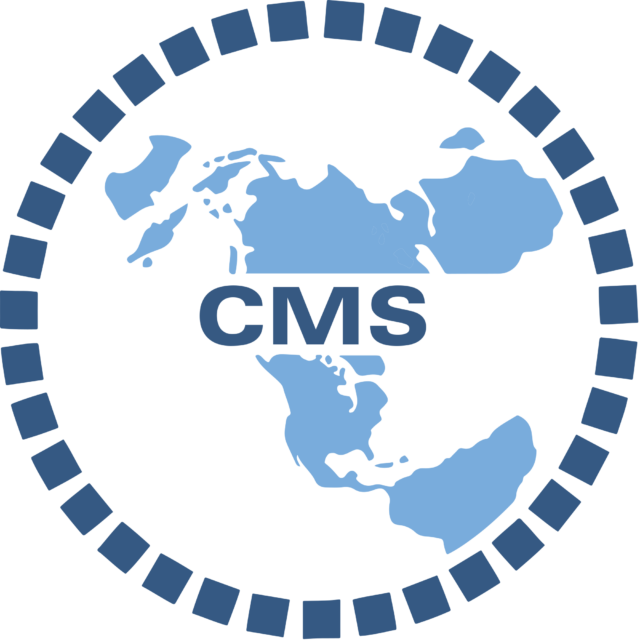Committee Overview
The Convention on Migratory Species (CMS), also called the Bonn Convention, was signed in 1979 due to growing concerns about the effects of an increasingly connected world on migratory species. These species often travel across international borders as they hunt, mate, and stay warm. If any countries along the way fail to protect them, it can threaten the species’ survival. CMS coordinates the creation of agreements and treaties to protect individual species and ecosystems. Past treaties have helped protect animals like flamingos, gorillas, sea turtles, and whales. CMS focuses on preserving the habitats these species need, such as wetlands for flamingos in the Andes and the Sahara Desert for migrating birds. The organization encourages countries in migratory ranges to meet animal needs by providing technical advice, scientific evidence, and implementation support. Delegates will need to find new ways to protect animals and their habitats in a world of growing global demands.
Topic A: Protection of Migratory Seal Species
Seals travel long distances to migrate, breed, and find food. Because they move through many countries’ waters, it is important for states to work together to protect the animals. Some seal species, like Monk Seals, Grey Seals, and Ringed Seals, are already in danger. Seal populations are decreasing because of climate change, pollution, overfishing, habitat loss, and illegal hunting. Seals are also important signs of ocean health. They can eat plastic, get caught in ocean trash, or be harmed by chemicals in the water. These problems may affect other ocean animals too. Programs to clean up beaches and oceans, especially near seal habitats, can protect them. Seals also play a large role in ocean ecosystem balance. In cold areas, some seals need sea ice to survive, so it is important to protect icy habitats as the climate changes. Separately, many seals die after getting caught by accident in fishing gear, and some fishermen even see seals as competition for the fish. Not all countries have strong laws to protect seals, so legal and illegal hunting still happens. In CMS, delegates should think about both protecting seals and supporting local fishing communities. One informative example is the “Agreement on the Conservation of Small Cetaceans,” a plan previously created by CMS to protect small sea animals. This could be used as a model to protect seals too.
Topic B: Conservation of Migratory Bat Species
Bats are important in nature, but are often misunderstood or viewed as scary. In reality, bats are useful since they eat insects, pollinate plants, and keep ecosystems balanced. Sadly, many bat species are in danger because of factors like losing their habitats, climate change, pesticides, increased urbanization, and human disturbances around where bats rest. EUROBATS is a treaty that was created under CMS (the Convention on Migratory Species). It helps protect the 45 bat species found in Europe. Even though the agreement was signed more than 30 years ago, many bats in Europe and other parts of the world are still at risk. Bats do not reproduce quickly, so when their numbers drop, it takes a long time for populations to recover. Since bats fly across country borders, states need to cooperate to study bat populations, protect where they live, and educate the public on why bats matter. Some of the dangers to bats may be surprising. For example, wind turbines kill many bats who accidentally fly into spinning blades. Other threats like pesticides, climate change, and bright lights at night, can hurt bats either directly (if insect prey populations are declining) or indirectly (if bats are disoriented or disturbed by human settlements). Delegates should think about how to balance human development goals, like renewable energy projects, with the health of bat colonies.

